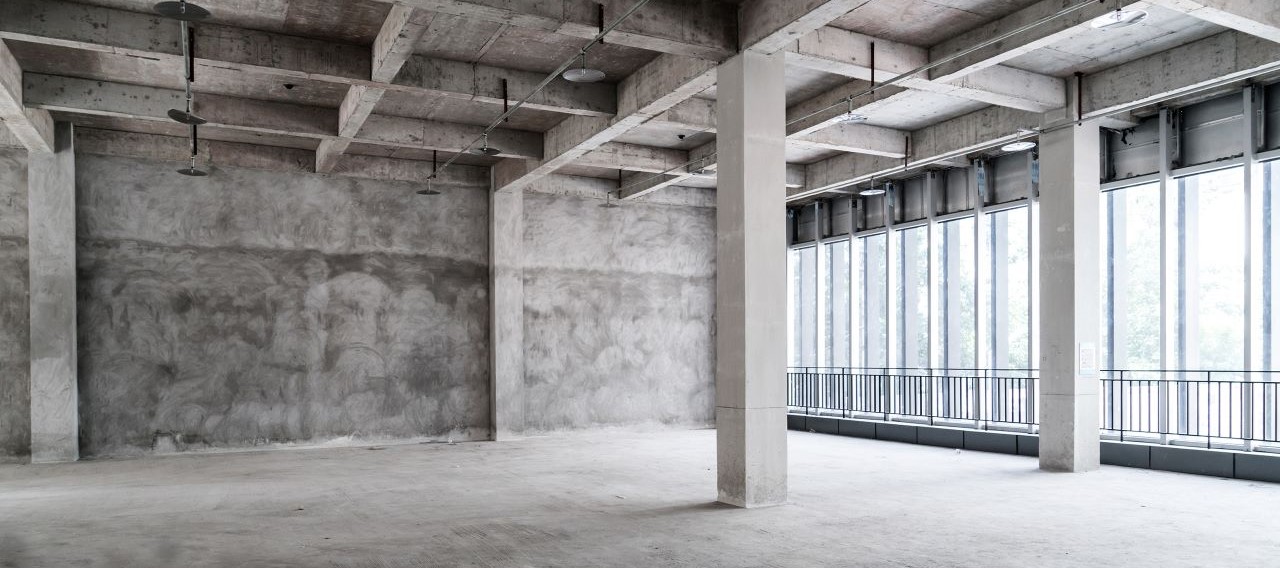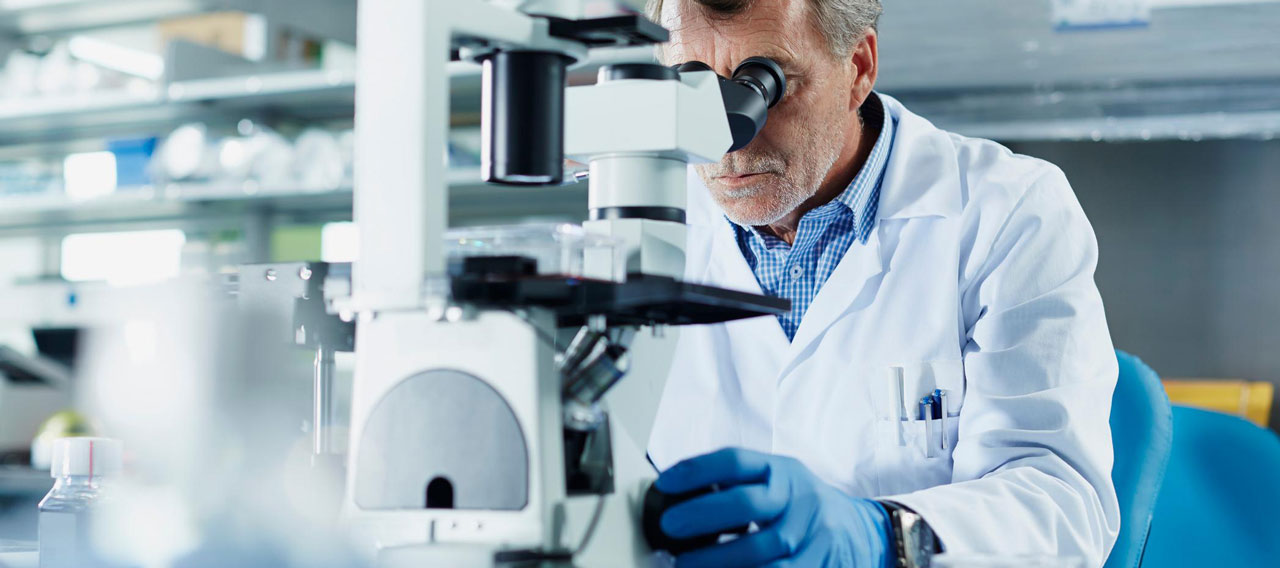- Individuals & Families
- Businesses
- Agents & Brokers
- Embedded Insurance

Chubb ranked #1 for Customer Satisfaction with the Home Insurance Claims Experience

Chubb ranked #1 for Customer Satisfaction with the Home Insurance Claims Experience

Chubb ranked #1 for Customer Satisfaction with the Home Insurance Claims Experience

Chubb ranked #1 for Customer Satisfaction with the Home Insurance Claims Experience

Because pets are family, Chubb now offers pet insurance with top-rated coverage from Healthy Paws.

Chubb offers the insurance protection you need for travel’s many “what ifs”.

Chubb protects small businesses at every stage – from newly formed start-ups to long-time anchors of the community.

Stay ahead of cyber threats with our free Cyber Claims Landscape Report.

Learn more about our dedicated learning paths, Online Learning Center, and more.

Many digital-savvy consumers look for it as a core or add-on option.

Many digital-savvy consumers look for it as a core or add-on option.

Many digital-savvy consumers look for it as a core or add-on option.

Chubb’s in-house technology makes it easy to integrate what we do into your customer experience.
-
About
-
Claims
-
Login & Pay Bill
For Agents & BrokersFor Travel Advisors
-
Back
Businesses may face increased risks during periods of civil unrest, which can disrupt operations, damage property, and cause employee safety concerns. You can help mitigate these risks by considering the following actions:
Prioritize employee protection
When civil unrest arises—or appears on the horizon—communicate as soon as possible with your staff to express concern, emphasize the importance of situational awareness, and provide critical guidance to ensure employee and customer safety.
- Urge employees to avoid city centers and districts where protests and riots may occur; promote virtual meetings where possible to avoid travel to these areas.
- Anticipate travel disruptions; check local news and social media for official information about road and bridge closures.
- Make sure all employees are familiar with the company’s emergency and security plans.
- Ask employees to confirm or update their contact information so they can be easily reached.
Protect your facilities
Property in areas with unrest faces the threat of damage, looting, and arson. The following steps can help protect your company’s facilities:
- Ask employees to remain alert for unusual activity at or near company facilities—and outline any steps they should take in response.
- Test burglar and fire protection systems, and review notification procedures with alarm companies.
- If you have security personnel, brief them on the situation and plan their response.
- Assess windows, doors, and other points of entry; provide further security, such as boarding up windows, if needed.
- Remove combustible materials from the exterior of the building.

Secure vacant premises
Vacant buildings are particularly vulnerable to damage during periods of civil unrest. In addition, in times of civil unrest, first responders can be spread thin and may not be able to provide protection. If you need to vacate business premises in the midst of civil unrest, the following steps can help limit damage:
- Shut off gas, electrical, and waters services to the greatest extent possible, while maintaining fire suppression and alarm systems. Similarly, power down non-essential equipment and systems.
- Remove combustible materials from the building and its exterior.
- Cut back vegetation.
- Inspect vacant premises daily—only if you can do so safely—and alert police if you see signs of forced entry.
Plan for business continuity
Develop or update your business continuity plan to help your company resume operations quickly after any disruptions caused by civil unrest or other events. Effective business continuity plans include:
- Preparatory steps that can help limit losses.
- Emergency response procedures to take when disaster threatens.
- Recovery actions to get your business back on its feet.
As part of preparing your business for any major disruption—including civil unrest—coordinate with local law enforcement and public safety officials. Also be ready to make quick adjustments to your operations. Flexibility can pay off in protecting your business and speeding your recovery.
Insights and expertise








This document is advisory in nature and is offered as a resource to be used together with your professional insurance advisors in maintaining a loss prevention program. It is an overview only, and is not intended as a substitute for consultation with your insurance broker, or for legal, engineering or other professional advice.
Chubb is the marketing name used to refer to subsidiaries of Chubb Limited providing insurance and related services. For a list of these subsidiaries, please visit our website at www.chubb.com. Insurance provided by ACE American Insurance Company and its U.S. based Chubb underwriting company affiliates. All products may not be available in all states. This communication contains product summaries only. Coverage is subject to the language of the policies as actually issued. Surplus lines insurance sold only through licensed surplus lines producers. Chubb, 202 Hall's Mill Road, Whitehouse Station, NJ 08889-1600.


